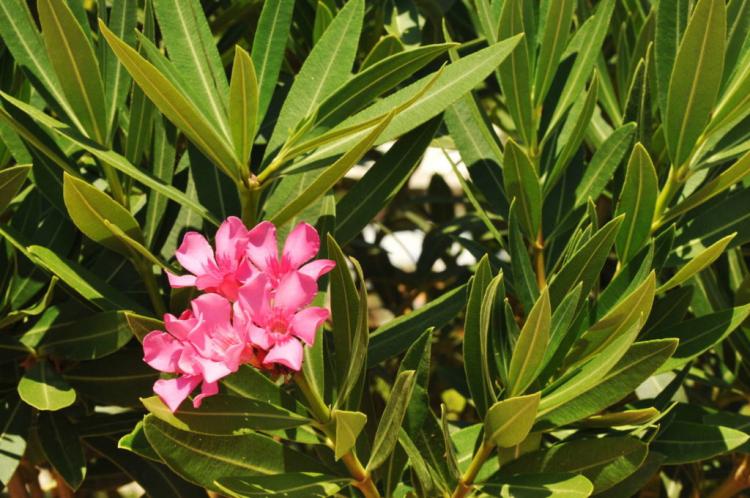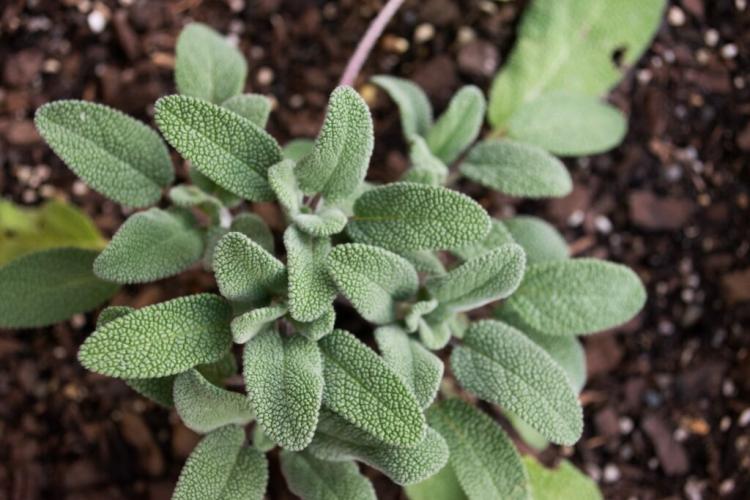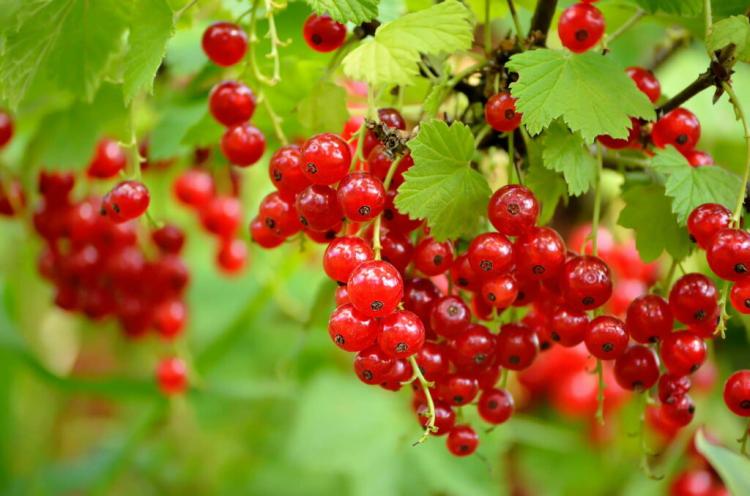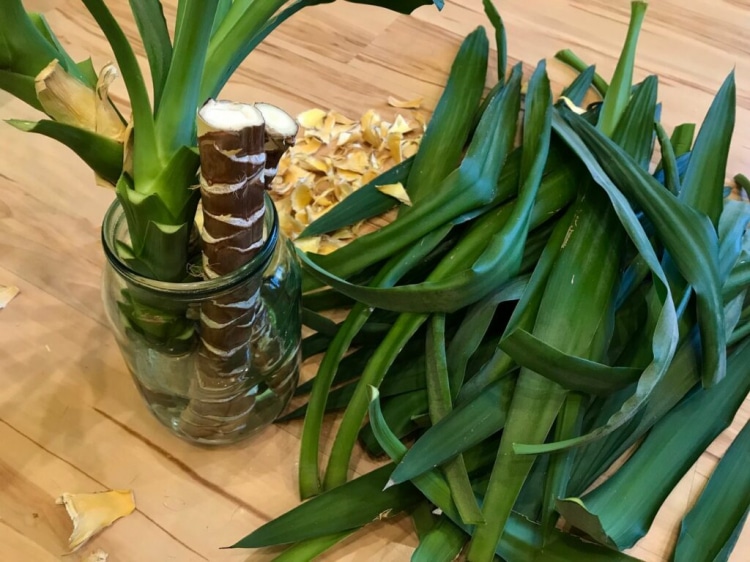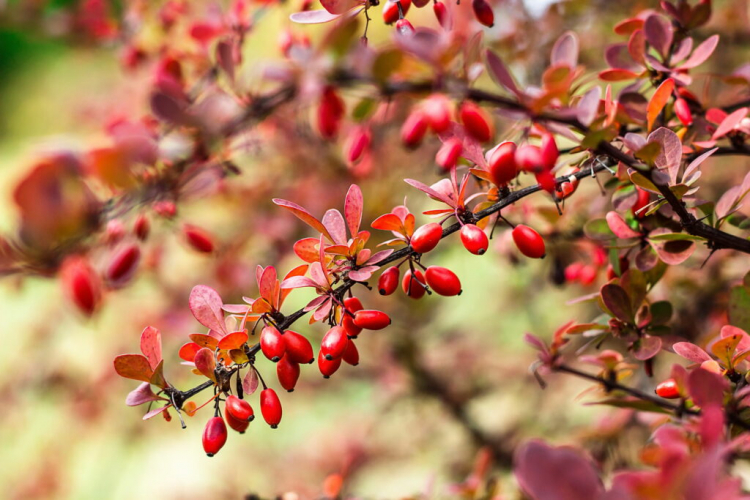Oleander Overwintering: how the plant survives frost & cold
The oleander is one of the warmth-loving plants, but it can also overwinter with us. We show how to protect the oleander from frost and cold.
Cold and snow are temporarily no problem for the oleander (Nerium oleander ) because it gets chilly around the Mediterranean from time to time. If the temperatures drop below -5 ° C, however, it becomes dangerous for the oleander. To protect it, the oleander should therefore be properly overwintered.
As a Mediterranean plant, the oleander not only knows hot summers, but also cool nights and occasionally brief frost and snow. However, it is not adapted to our cold winters and should therefore be wintered indoors.
Hibernating oleanders: when does it get too cold for oleanders?
Table of Contents
Short-term night frosts do not harm the oleander. It only becomes critical from -5 ° C. These temperatures usually occur from the middle or end of November. Then it is time to bring the oleander to its winter quarters.
You might so like: Bitter Orange: Care, Flowering And Use Of The Bitter Orange
Hibernating oleanders outdoors
Hibernating the oleander outdoors is only possible in a few corners of Germany. Mild regions such as the Rhine Valley or North Rhine-Westphalia have the advantage that in winter the temperatures do not drop too low over long periods of time. If it does get cold, then usually only for a short time. Nevertheless, the oleander must also be protected here. Place sticks and leaves around the plant so that the roots are protected from frost. The leaves should be wrapped with a special light and air-permeable fleece.
- Only possible in mild regions of Germany
- Protect roots with brushwood and leaves
- Wrap leaves and trunks with light and air-permeable fleece

Hibernate oleanders indoors
Fortunately, the oleander does not have too high demands on its winter quarters. However, it does not want to be overwintered in warm rooms. Here it is easy to fall prey to spider mites and scale insects. In this case, spray it on with a little water from time to time as a preventative measure. However, this should not be done too often, otherwise, there is a risk of dry rot.
The oleander prefers cool rooms with a temperature between 5 and 10 ° C. Greenhouses, cool winter gardens, hallways, or garages with a window are suitable for this. He likes it bright, but he also doesn’t get by with too much light, especially when it’s cooler. The lower the temperature, the less water the oleander needs. In suitable winter quarters, it hardly needs to be watered. It is only necessary to water when the soil has dried and begins to separate from the edge of the pot. It should not be fertilized over the winter.
You might so like: Overwintering Basil: Instructions And Tips For Pots And Beds
If you would like to cut back your oleander generously, now is the right time – before moving into winter quarters. Find out more about “cutting oleander” here.
- When temperatures drop below -5 ° C, it’s time for winter quarters
- Winter in a bright, cool place with temperatures between 5 and 10 ° C
- Water little and do not fertilize in winter quarters
You May Also Like How To Fertilize Oleander
Caring for oleanders after winter
When the days get warmer again, the oleander wants to go outside as soon as possible – this is usually the case around the end of March. In order not to stress the plant too much, it is best to choose a cloudy day. So the sun doesn’t shine too strong and the oleander has some time to get its leaves used to the high radiation and does not get sunburn. At night it is also an advantage if it is covered with clouds because under a cloud cover the warmth that has come to earth during the day cannot escape into space as easily. This prevents sharp drops in temperature and the oleander has time to adapt to the new conditions.
